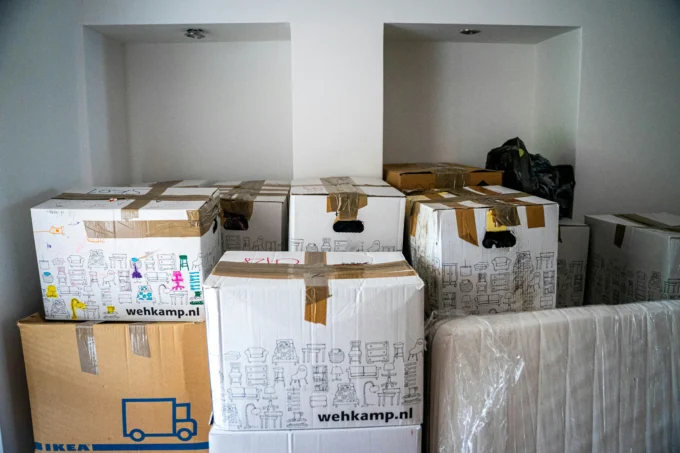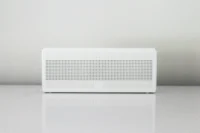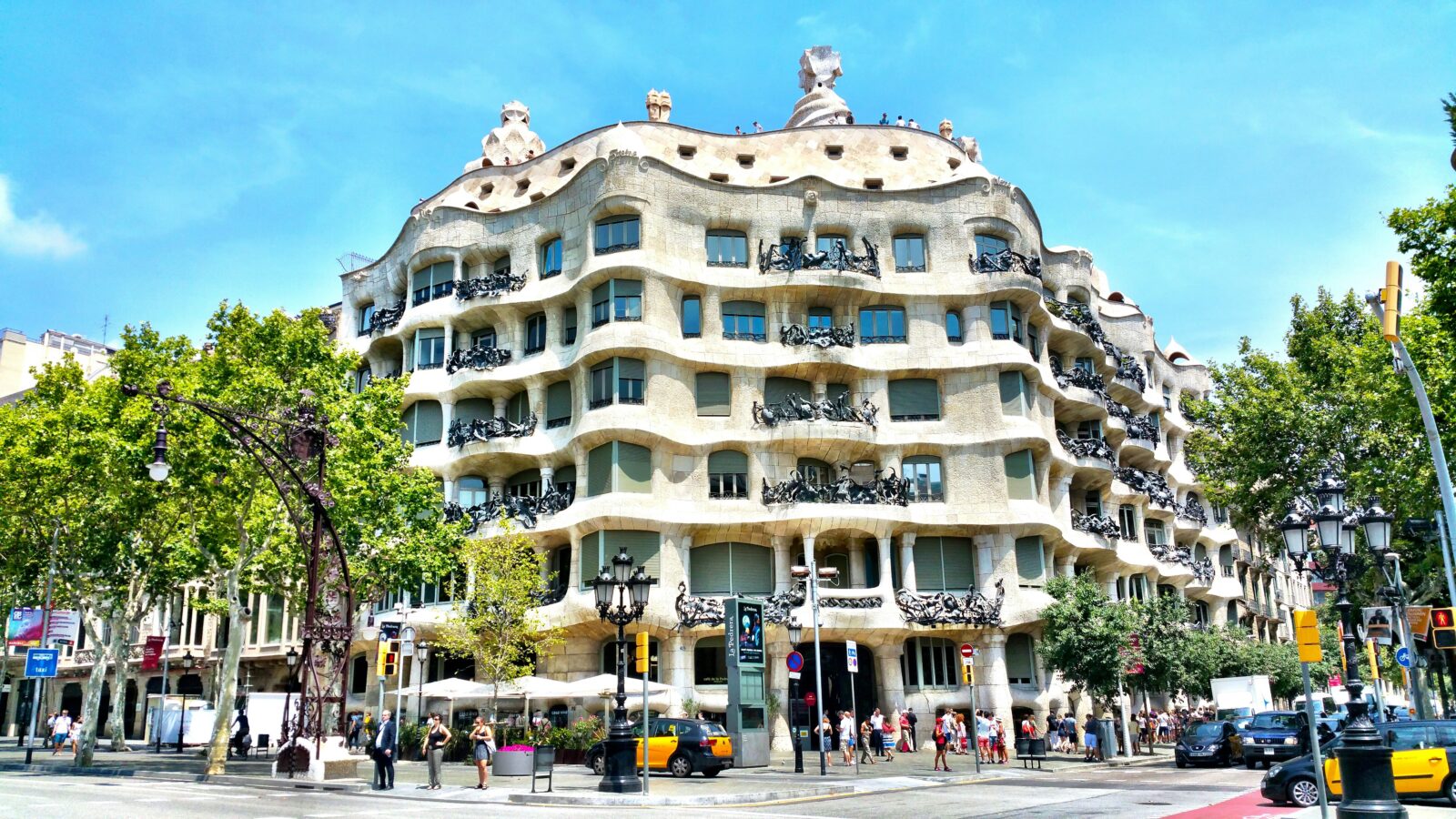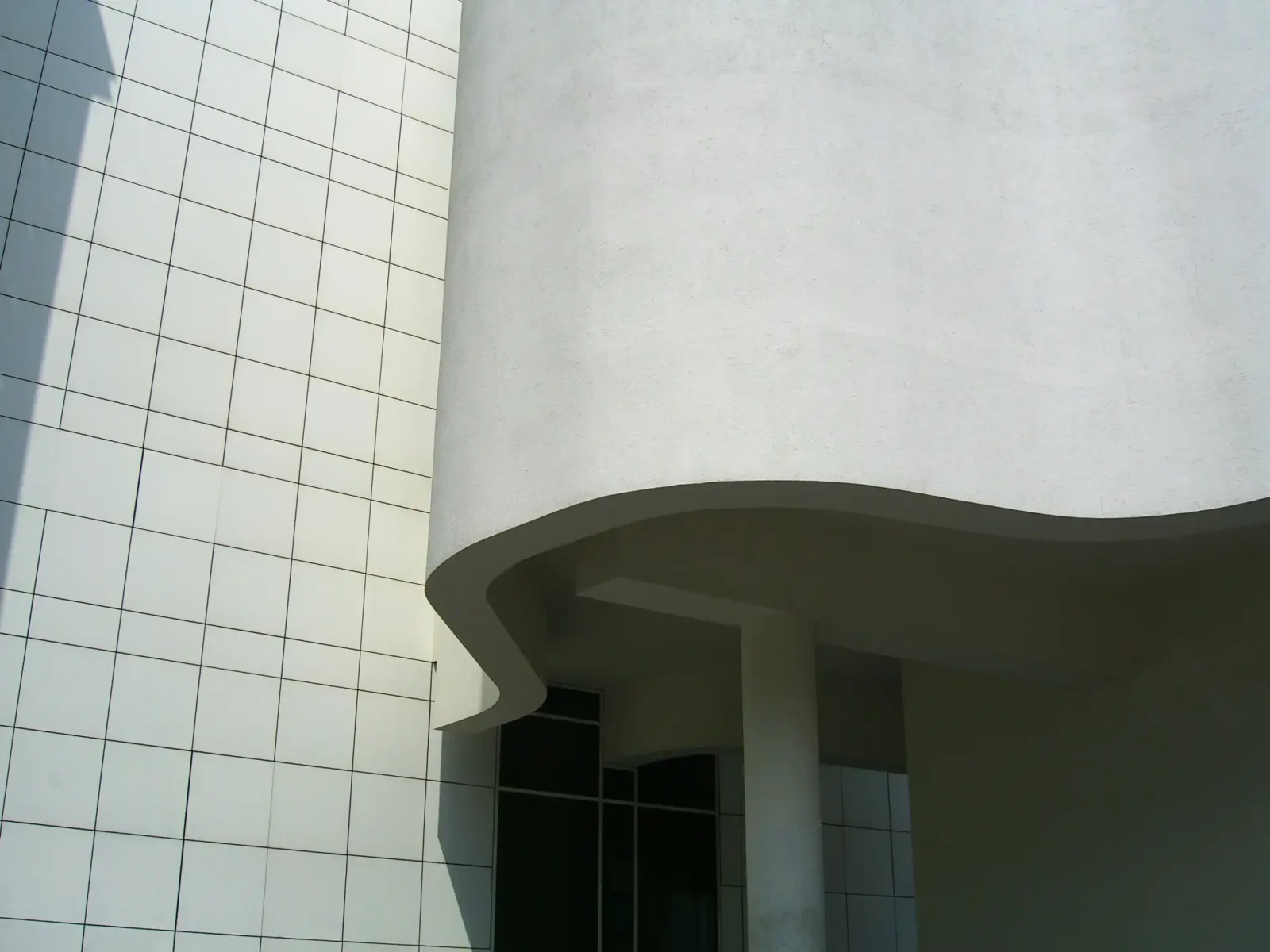- Home
- Articles
- Architectural Portfolio
- Architectral Presentation
- Inspirational Stories
- Architecture News
- Visualization
- BIM Industry
- Facade Design
- Parametric Design
- Career
- Landscape Architecture
- Construction
- Artificial Intelligence
- Sketching
- Design Softwares
- Diagrams
- Writing
- Architectural Tips
- Sustainability
- Courses
- Concept
- Technology
- History & Heritage
- Future of Architecture
- Guides & How-To
- Art & Culture
- Projects
- Interior Design
- Competitions
- Jobs
- Store
- Tools
- More
- Home
- Articles
- Architectural Portfolio
- Architectral Presentation
- Inspirational Stories
- Architecture News
- Visualization
- BIM Industry
- Facade Design
- Parametric Design
- Career
- Landscape Architecture
- Construction
- Artificial Intelligence
- Sketching
- Design Softwares
- Diagrams
- Writing
- Architectural Tips
- Sustainability
- Courses
- Concept
- Technology
- History & Heritage
- Future of Architecture
- Guides & How-To
- Art & Culture
- Projects
- Interior Design
- Competitions
- Jobs
- Store
- Tools
- More
Achieving Softness and Clarity in Design for Exceptional User Experience
Discover how to elevate your designs through the perfect balance of softness and clarity. This article explores the impact of gentle colors, rounded shapes, and clear communication on user experience. Learn techniques to create inviting spaces and intuitive interfaces that resonate with audiences.

In the world of design, achieving the perfect balance between softness and clarity can transform our creations from ordinary to extraordinary. We often find ourselves drawn to designs that evoke a sense of calm while still delivering a clear message. This harmonious blend not only enhances aesthetics but also elevates user experience, making our work more impactful.
As we explore the nuances of softness and clarity, we’ll discover how these elements work together to create inviting spaces, intuitive interfaces, and memorable branding. By embracing these principles, we can craft designs that resonate deeply with our audience while maintaining functionality and purpose. Let’s dive into the art of combining softness and clarity to elevate our design projects.

Table of Contents
ToggleUnderstanding Softness and Clarity in Design
Softness and clarity are essential components that shape the effectiveness of our designs. By mastering these elements, we can create inviting and functional spaces that communicate effectively with users.

Definition of Softness
Softness in design refers to elements that evoke a sense of comfort and tranquility. This can be achieved through gentle colors, rounded shapes, and organic forms. Softness aims to create an emotionally engaging atmosphere, promoting relaxation and positivity. Textures such as fabric, smooth surfaces, and gradient transitions enhance this effect, making designs feel approachable and harmonious.
Definition of Clarity
Clarity in design encompasses the ease with which users can understand and navigate our creations. It emphasizes straightforward communication through visual hierarchy, legible typography, and organized layouts. Clarity ensures that information is accessible and intuitive, reducing cognitive load for users. By prioritizing contrast and whitespace, we enhance visibility and improve users’ overall experience, making it easier for them to connect with our message and purpose.
Importance of Softness and Clarity in Design
Softness and clarity intertwine to create compelling designs that resonate with users. By understanding their significance, we elevate design effectiveness and engagement.

Enhancing User Experience
Softness promotes comfort in user interactions. Gentle colors, rounded shapes, and organic forms contribute to a welcoming atmosphere, creating an inviting experience. Clear communication fosters intuitive navigation. Visual hierarchy, organized layouts, and legible typography guide users seamlessly through content. Prioritizing contrast and whitespace further reduces cognitive load, allowing quick comprehension. Our designs not only capture attention but also ensure users find what they need without frustration.
Creating Emotional Connection
Softness evokes emotions, which enhances user engagement. Calming colors and warm textures can elicit feelings of tranquillity and security. Users often form emotional ties to inviting designs that make them feel at ease. Clarifying messaging invites understanding, sparking curiosity and interest. When users connect emotionally, they forge lasting relationships with brands and products. Through softness and clarity, we create designs that resonate on a deeper level, leading to more meaningful interactions.
Techniques to Achieve Softness in Design
Incorporating softness into design involves strategic choices in various elements. Focusing on color and typography significantly enhances the overall feel of our creations.

Color Choices
Selecting gentle and muted colors fosters tranquility within designs. Soft pastels, warm earth tones, and muted shades promote comfort, steering emotions towards calmness. We can create harmonious palettes by using analogous colors, which blend seamlessly without overwhelming the viewer. Complementary colors, when applied judiciously, add balance without harsh contrasts. For instance, pairing a soft lavender with a pale yellow generates a soothing effect. Additionally, we can utilize gradients to introduce depth and subtle movement, maintaining visual interest while sustaining softness.
Typography
Choosing typography that embodies softness enhances readability and evocativeness. Rounded typefaces, such as sans-serifs, impart friendliness and approachability. Using lighter font weights contributes to this effect, making text appear softer on the page. We can also incorporate ample letter spacing to create breathing room, allowing the text to flow more naturally. Additionally, serif fonts with gentle curves can add a touch of elegance without sacrificing clarity. When selecting type styles, prioritizing legibility ensures our message remains evident while still embracing a soft aesthetic.
Techniques to Achieve Clarity in Design
Achieving clarity in design involves strategic choices in layout, composition, and visual hierarchy. These techniques help ensure that the overall message remains clear and user-friendly.

Layout and Composition
We prioritize an organized layout to enhance clarity. By using grid systems, we create alignment and balance, improving the aesthetic appeal and usability of our designs. We utilize ample whitespace to separate elements, reducing visual clutter and guiding user attention. We also favor a consistent layout across multiple pages or components, fostering familiarity and ease of use for the viewer.
Visual Hierarchy
We implement visual hierarchy to direct attention and facilitate understanding. By adjusting size, color, and placement, we create a clear path for users to follow. Larger elements command focus, while contrasting colors highlight important information. We utilize typography with varying weights and sizes to distinguish headings from body text, making it easier for users to scan and comprehend content. By applying visual cues, such as arrows and icons, we further enhance navigation and comprehension throughout our designs.
Conclusion
Integrating softness and clarity in design significantly impacts user experience and engagement. Softness, defined by gentle colors, rounded shapes, and inviting textures, instills a sense of comfort, encouraging users to interact with designs. Clarity through organized layouts, legible typography, and effective visual hierarchy simplifies navigation, ensuring users comprehend the intended messages.
We recognize that achieving a balance between these elements leads to inviting spaces and memorable branding. Techniques such as using harmonious color palettes, ample whitespace, and strategically placing visual cues create a seamless design experience. By prioritizing both softness and clarity, we foster emotional connections that enhance user interactions and build lasting relationships with audiences. This balanced approach not only captivates attention but also nurtures a positive and enjoyable user journey.
I create and manage digital content for architecture-focused platforms, specializing in blog writing, short-form video editing, visual content production, and social media coordination. With a strong background in project and team management, I bring structure and creativity to every stage of content production. My skills in marketing, visual design, and strategic planning enable me to deliver impactful, brand-aligned results.
Submit your architectural projects
Follow these steps for submission your project. Submission FormLatest Posts
The Ultimate Guide to Fencing in North Dakota: Choosing the Best Fence for Your Property
Watching a chain link fence twist in 70 mph winds near Minot...
Gaudí: Where Architecture Meets Science
Gaudí: Where Architecture Meets Science shows catenary arches, ruled surfaces, and biomimicry...
How Housing Market Forces Shape Architectural Design Today
Architecture never exists in isolation. Buildings rise from a mix of ambition,...
Why Portable Formaldehyde Gas Detectors Matter on Construction Sites
As construction practices shift toward more enclosed and material-intensive environments, the risk...












Leave a comment